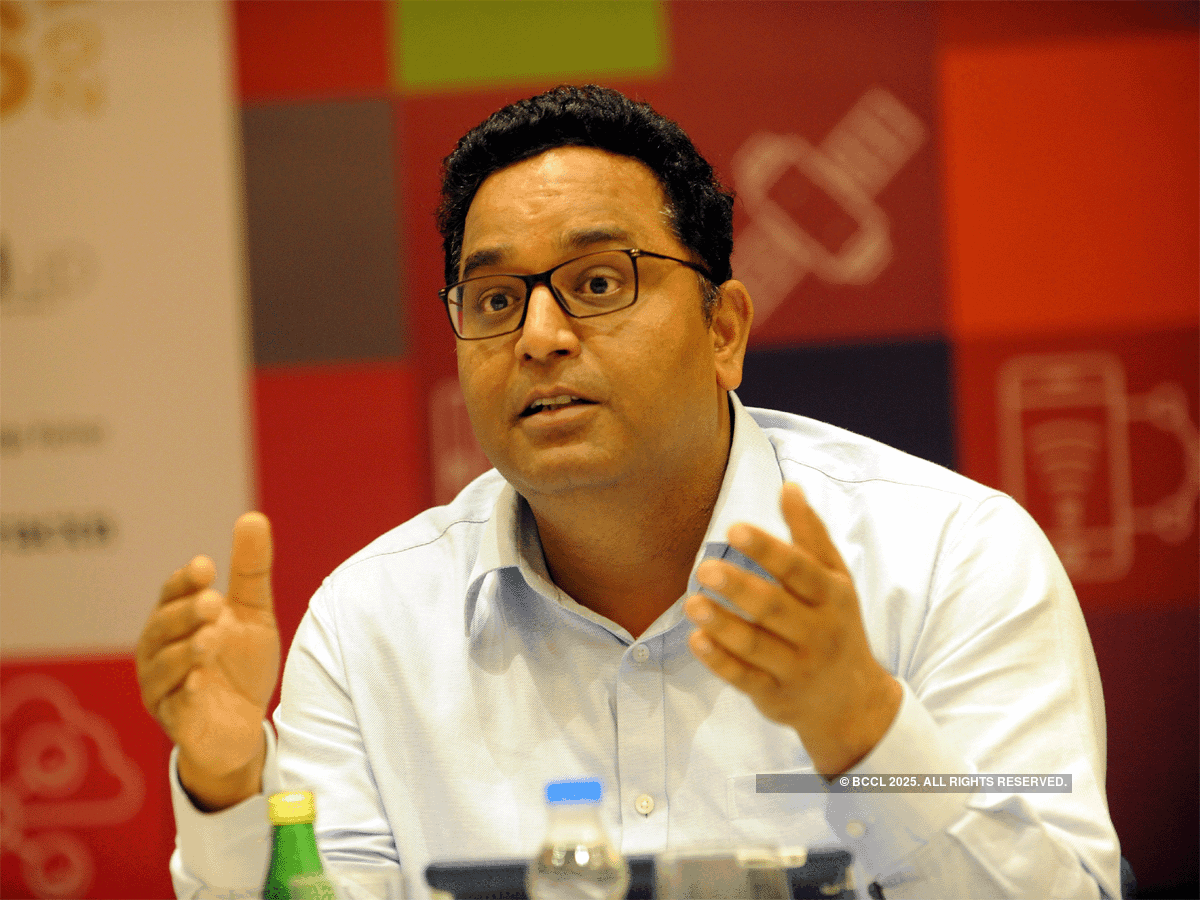
You’ve launched an all-India single QR-based acceptance solution for all retail payment instruments without any fee. Would products like these be the norm in the zero-MDR regime?
Last year we signed up 15 million merchants, of which nearly 10 million are active. The pace of digitisation is gaining acceleration which means people are way more comfortable understanding mobile-based payments and they understand the difference between a card, a wallet, and UPI. We saw an incredible opportunity to bring in an all-in-one product: single QR, that can solve problems in the acceptance of wallet, UPI and RuPay cards where merchants would be able to bring in an unlimited amount of money at zero fee. This is an unprecedented opportunity and we’ve launched this within a week of the government brought a notification on zero MDR.
In 2019, your costs for acquiring new merchants exceeded your revenue, contributing heavily to your losses. Will this be how you conduct your business in the next few years?
Last year, we announced Rs 10,000 crore worth of investments for the next few years which are primarily for customer acquisition and merchant onboarding. Consumers are becoming a lot savvier. An average customer is doing more than 10 financial transactions a month which is huge. Mobile payments are becoming mainstream and we are taking it to the masses. There is an immense opportunity in providing our customer base with value-added financial services.
When do you expect to make profits?
I think time will tell. I call our investments as infrastructural change where a customer comes in and their habits change, becoming more active in the ecosystem. So, I think this is as a long-term project to build what we’re building and it is very valuable to build what we’re building. You’ve seen wherever our products have reached, they bring huge value to everyone involved including the consumers, the merchants, the regulators and the government.
Listing plans?
The short answer is that we won’t list Paytm before it becomes profitable and once you’re profitable what is the need to list it?
How do you envisage the MDR waiver to impact the payments industry?
MDR is split between three parties: the bank that issues the card, the payment network and the acquirer bank. In this system, the largest chunk of fees, over 75%, goes to the issuing bank. The business models of intermediaries are sustaining on the fraction they’re getting on these transactions. But companies like us who are using a large part of it on investments to cover these costs can take care of that. Because anyway, the standalone fee that you get on payments is not ample enough to sustain many of these businesses.
While I am on the side of MDR becoming zero being a good thing for the merchant, the government should reimburse people who are acquiring merchants. If you look at Paytm’s merchant acquisition model, it has come at the cost of our equity. And we have invested Rs 15,000 crore in the past.
What do you think is the way out for these companies?
I believe zero MDR for the growth of the industry can work out very well, but for us and other payment companies it would be better if the government reimburses. Right now, only those who have the risk capital of that size can expand. We all are trying to represent through regulators to put this point forward, but now this is a law. The ultimate decision on this matter lies with the parliament. Zero percent MDR with reimbursement would be an ideal move.
What is the future of Paytm Payments Bank?
The payment bank model is primarily a payment-led revenue model. Zero MDR takes away the profitability. An SFB licence will allow us to access a larger set of financial services. It’ll add for us a few more revenue lines such as term deposits and treasury revenue.
Primary revenue business today for PPB comes from the MDR on transactions and treasury income. We do believe, however, that these two for the long term for a large bank is not sustainable. SFB is a wholesome meal where the payment bank is a fast food brand; you can have it but not for a sustained period!
Five-year timeline to convert to SFB?
While payment banks don’t bring in too many revenue lines, it is a very good model to acquire customers and bring them into the formal economy.
But a bank itself can become more sustainable, scalable and profitable once it becomes an SFB and that’s why we have shown an open interest. The five-year timeline was a surprise to us when it was communicated to us. However, we’ll remain committed.
Has India’s digital growth plateaued a bit?
The volume has increased only by 35%, which is not as high as when it was growing at a factor of 1,000 a few years ago. But it is to be noted that the growth is on a higher base and much more sustainable and more assured. More industry players and stronger fundamentals. Any which way, the business of digitisation of retail and wholesale payments will allow incremental addition of financial services to reach places where they have not.
What about rising competition?
We have been here since 2008 and a host of companies have come and gone. Which one are you talking about? I have a simple understanding. If we have a business with an incredible amount of customer edge, we’ll build on that.
No comments:
Post a Comment